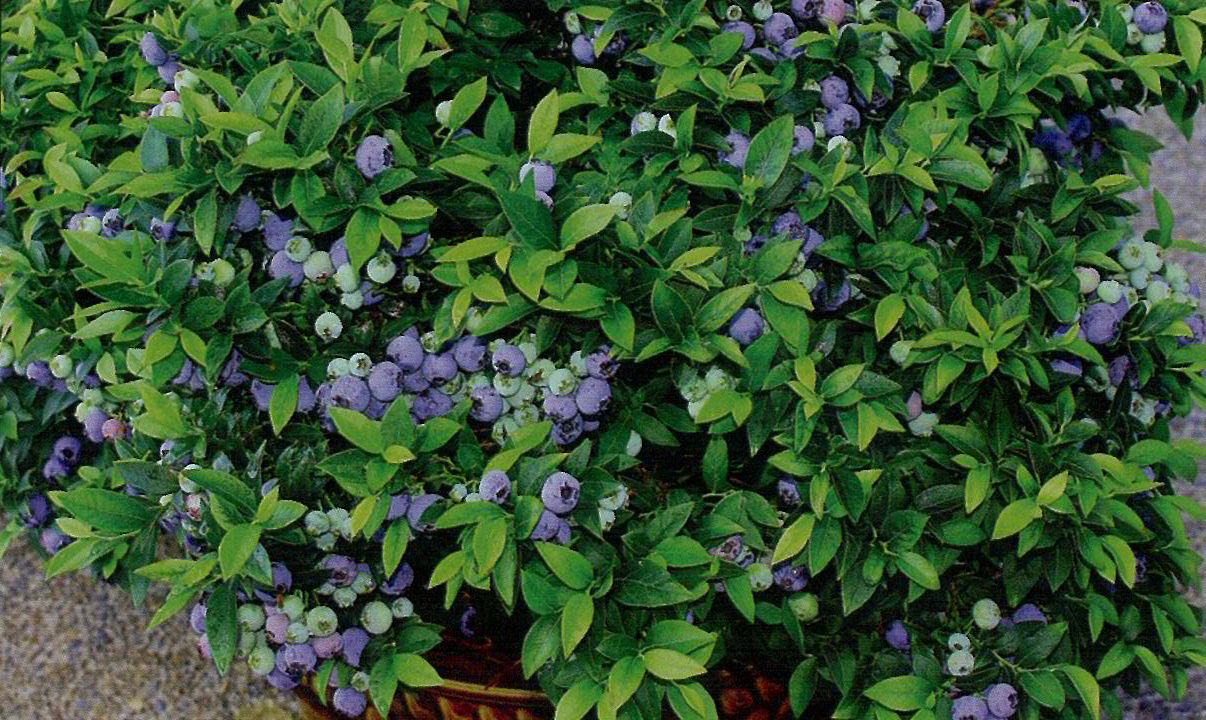The Perfect Season For Planting Berry Bushes
Planting berry bushes is a delightful way to add fresh, tasty fruits to your garden. But when is the best time to plant these bushes? If you’re eager to grow Maine wild berries or if you’re considering ordering berry plants online, this guide is for you. We’ll explore the ideal planting seasons, types of berry bushes, and tips to ensure your berry plants thrive.
Why Timing Matters For Berry Bushes
Choosing the right time to plant berry bushes can significantly affect how well your plants establish and produce fruit. Planting too early or too late can expose the bushes to harsh weather conditions, affecting their growth and yield.
Spring: A Season Of New Beginnings
Spring is often considered the best time to plant berry bushes. The soil is warming up, and the risk of frost is diminishing. This season gives your berry bushes a good start, allowing them to establish their root systems before the heat of summer arrives.
- Advantages of Spring Planting:
- The weather is mild, reducing stress on the plants.
- Longer daylight hours support vigorous growth.
- Spring rains help keep the soil moist.
Fall: Another Great Planting Time
Fall is another excellent time to plant berry bushes, especially in regions with mild winters. The cooler temperatures and increased rainfall can help the plants settle in before they go dormant in winter.
- Benefits of Fall Planting:
- Cooler weather reduces the need for frequent watering.
- The roots can grow and establish before the first frost.
- Fall planting can lead to an earlier harvest next season.
Types Of Berry Bushes And Their Ideal Planting Times
Different berry bushes have varying preferences for planting times. Here are some common types of berry bushes and the best times to plant them:
| Berry Type | Ideal Planting Time | Notes |
| Blueberries | Spring or Fall | Prefers acidic soil; mulch well for winter |
| Raspberries | Early Spring or Fall | Needs well-drained soil; prune regularly |
| Blackberries | Early Spring or Fall | Thornless varieties are easier to manage |
| Strawberries | Early Spring | Plant as soon as the soil can be worked |
| Gooseberries | Spring or Fall | Tolerant of partial shade; avoid waterlogging |
Planting Tips for a Bountiful Harvest
Regardless of when you plant your berry bushes, following these tips can help ensure a healthy and productive garden.
Choosing the Right Location
- Sunlight: Most berry bushes need full sun, which means at least 6-8 hours of direct sunlight per day.
- Soil: Berry bushes prefer well-drained soil rich in organic matter. Consider testing your soil and amending it as needed.
- Space: Ensure there’s enough space for each plant to grow. Overcrowding can lead to poor air circulation and disease.
Preparing the Soil
- Test the Soil: Check the pH level. Most berries prefer slightly acidic to neutral soil (pH 5.5-7.0).
- Add Organic Matter: Mix in compost or well-rotted manure. This will improve soil structure and fertility.
- Mulching: Apply a layer of mulch to retain moisture and suppress weeds.
Planting Process: Step by Step
- Dig the Hole: Make a hole twice as wide and just as deep as the root ball.
- Position the Plant: Place the bush in the hole, spreading the roots out.
- Backfill with Soil: Fill the hole with soil, pressing down gently to eliminate air pockets.
- Water Thoroughly: Give the plant a good soak to settle the soil around the roots.
- Mulch: Apply a layer of mulch around the base of the plant.
Caring For Your Berry Bushes
After planting, proper care is crucial for the health and productivity of your berry bushes.
- Watering: Keep the soil consistently moist, especially during dry spells.
- Fertilizing: Use a balanced fertilizer in early spring and mid-summer.
- Pruning: Remove dead or diseased canes to promote healthy growth.
- Pest Control: Monitor for common pests like aphids and spider mites.
When to Expect Your First Harvest
Patience is key when growing berry bushes. Most berry plants won’t produce a significant harvest in their first year, but the wait is worth it.
- Blueberries: Usually start bearing fruit in the second or third year.
- Raspberries and Blackberries: Can produce a small harvest in the first year, with full production in the second year.
- Strawberries: Typically produce a small crop in the first year, with larger yields in subsequent years.
Troubleshooting Common Issues
Even with the best care, you might encounter some challenges. Here are solutions to common problems:
- Poor Fruit Set: Ensure your plants are getting enough sunlight and are properly pollinated.
- Yellow Leaves: Could indicate nutrient deficiencies; consider soil testing and fertilizing.
- Pests and Diseases: Use organic or chemical controls as needed, and maintain good garden hygiene.
Connecting With Your Berry Plants
Growing berry bushes is not just about the harvest; it’s also about the experience. Watching your plants grow, blossom, and bear fruit can be incredibly rewarding. Plus, there’s nothing quite like the taste of a berry picked fresh from the garden.
Getting Your Berry Plants
Ready to start planting? Many options are available, whether you’re looking for Maine wild berries or planning to buy berry plants online. Here are some suggestions:
- Local Berry Plant Nurseries: They can provide high-quality local plants.
- Online Retailers: Buying berry plants online gives you access to a wider variety and the convenience of home delivery.
Preparing For The Next Season
After harvesting your berries, it’s time to prepare your plants for the next growing season. Here are some tips:
- Winter Protection: Protect your plants with a thick mulch or garden fabric layer in colder climates.
- Pruning: Cut back old canes and thin out crowded areas to encourage new growth.
- Fertilizing: Apply a slow-release fertilizer in early spring to boost your plants’ nutrients.
Enjoying The Fruits Of Your Labor
Once your berry bushes are established, you’ll enjoy years of delicious, homegrown berries. From fresh snacks to homemade jams and desserts, the possibilities are endless. Growing your own berries is a wonderful way to connect with nature and enjoy the outdoors.
Sharing The Joy
Consider sharing your berry-growing journey with friends and family. Invite them to help with planting or harvesting, and share your surplus berries. Growing berries can be a community activity that brings people together.
Berry Good Memories
Planting berry bushes is a long-term investment in your garden and your happiness. The process of nurturing plants and enjoying the fruits of your labor creates lasting memories and a deep sense of satisfaction.
Final Thoughts On Planting Berry Bushes
Planting berry bushes is a rewarding endeavor that provides both immediate and long-term benefits. You can ensure a bountiful harvest of delicious berries by choosing the right time to plant and following best practices. You might plant Maine wild berries. You might also buy from a Berry plant nursery or order online. Either way, you’re on the path to a fruitful garden. So grab your gardening gloves, get planting, and enjoy the sweet rewards of your efforts.


